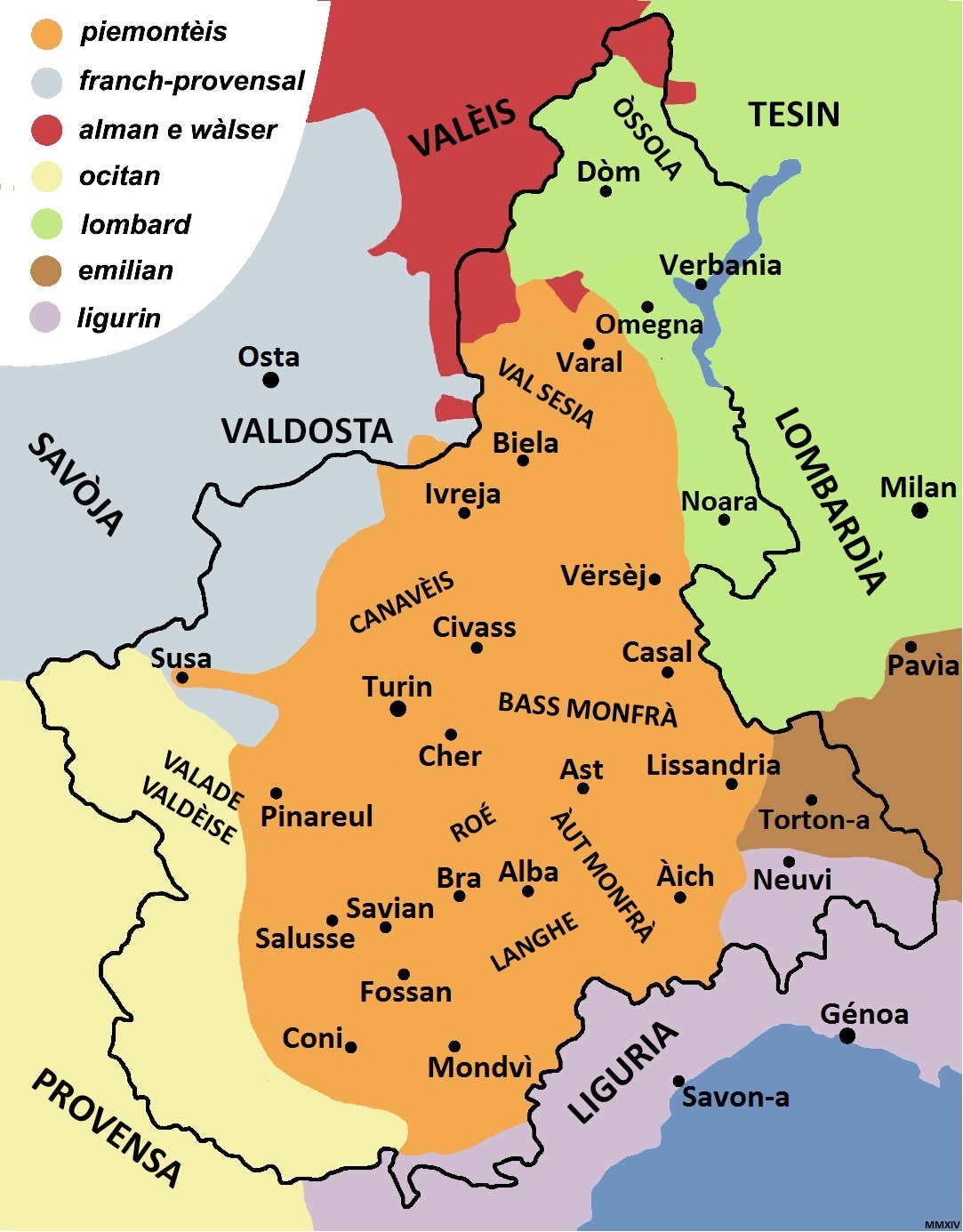In the summer of 2009 I went to the 11th ICAL to present a paper, An Unlikely Retention. We stayed at the Centre Paul Langevine in Aussois, France, outside of a National Park – “Parc National de la Vanoise”. Absolutely a beautiful place. See my pictures here.

Centre Paul Langevine
[mappress mapid=”1″ autocenter=”true”]
Growing up in Southern Germany, I can say that I am familiar with alpine culture. But this was my first real taste of french alpine food. – And it was really good.
There was Cheese:

Cheeses
Reblochon was a winner.
Tamié was good.
When I got back to the U.S. I wen to the store to see what kinds of Cheeses I could find. Among the ones I could find were Beaufort and Gruyère. There are several other cheeses which I was not able to find at my Local Whole Foods: Tomme de Savoie and Tome des Bauges.

Tomme de Savoie
The Tomme de Savoie is made year round and tastes different depending on what the cows eat. It makes me miss the smells of the high-alpine meadows; even if they make me sneeze and have allergies.
Cheeses alone do not constitute a whole meal (though I might try). One dinner we had was exceptional: Tartiflette, It was like a thick fondu with potatoes and bacon. High in fats and full of flavor.

Tartiflette
Wine: There was wine… served with every meal but breakfast. Red wines hurt my gums and I guess I have a weak constitution, ’cause they really don’t help my digestion.
Language:
One of the interesting things of the Savoie region is that it used to be independent, it also used to be part of Italy. So it has a rich lingusitic heritage with respect to how it represents itself dialectically. As I understand the linguistic situation Piedmontese is the dialect, which is a sub-part of the Franco-Provençal languages.

Linguistic Map of Piemontèis
Photos are from: Hugh Paterson III, Mike Pangilinan (via FaceBook 11th ICAL group), Loren Billings (via FaceBook 11th ICAL group), and Wikipedia. For more of My Photos check out the Gallery.













